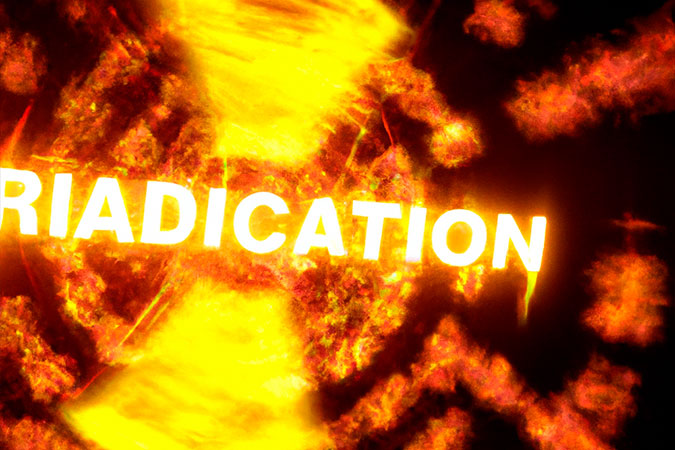Nuclear Medicine Imaging: A Focus on Functional Studies
This article provides a thorough understanding of nuclear medicine imaging, focusing on its unique ability to provide functional insights into the body’s tissues and organs. Unlike most other imaging techniques, which predominantly offer structural details, nuclear medicine imaging reveals physiological function and metabolic processes. The piece explains the use of radiopharmaceuticals or tracers in nuclear medicine, which emit gamma rays to create images reflecting tracer distribution in the body, providing valuable information about organ function and potential disease presence. It outlines the process of interpreting these images directly from a computer, leading to a series of representative images for clinical use. The potential of nuclear medicine imaging to detect diseases early, evaluate treatment effectiveness, and guide patient management strategies is underscored. The article is valuable for those interested in the unique capabilities and clinical implications of nuclear medicine imaging.

A Focus on Functional Studies
Nuclear medicine imaging stands out in the landscape of medical imaging modalities for its unique ability to provide functional information about the body’s tissues and organs. Unlike other imaging techniques, which primarily provide structural details, nuclear medicine imaging offers insights into the physiological function and metabolic processes within the body.
Nuclear medicine imaging involves the use of radioactive substances, known as radiopharmaceuticals or tracers. These substances are introduced into the body—usually by injection—and emit gamma rays as they decay. Special cameras detect these gamma rays and create images that reflect the distribution of the tracer within the body. The distribution pattern can provide valuable information about organ function and the presence of disease.
Most nuclear medicine images are interpreted directly from a computer, allowing for a dynamic analysis of tracer distribution over time. This often leads to a series of representative images being obtained for clinical use. These image series can track the path and accumulation of the radiotracer in the body over time, highlighting both normal and abnormal physiological functions.
Areas of high tracer uptake often indicate high metabolic activity or blood flow, which can suggest the presence of disease. For instance, cancers, which typically have a high metabolic rate, often show up as “hot spots” of intense activity on nuclear medicine images.
In summary, nuclear medicine imaging is a powerful tool that goes beyond just portraying the physical structures within our bodies. By illuminating physiological processes and metabolic activity, it has the potential to detect diseases earlier, evaluate the effectiveness of treatments, and provide essential information to guide patient management strategies.











